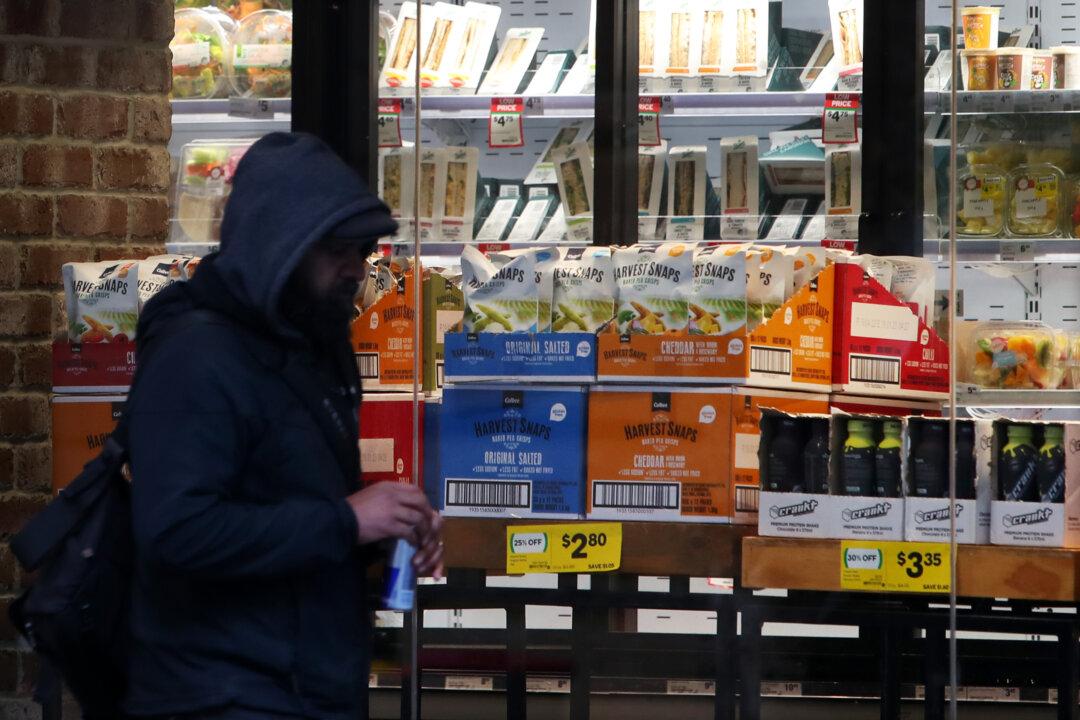Australia’s monthly inflation rate decreased for the second consecutive month in February, providing a small but much-needed relief for households struggling with rising living costs.
According to new data from the Australian Bureau of Statistics (ABS), the monthly consumer price index rose by 6.8 percent in the 12 months to February, down 0.6 percent from January.





